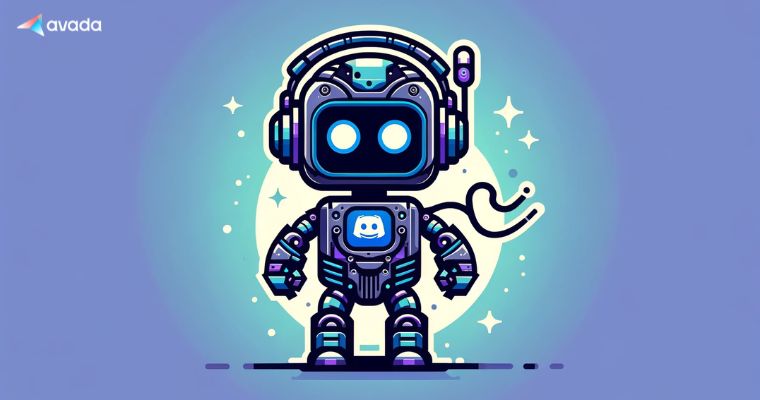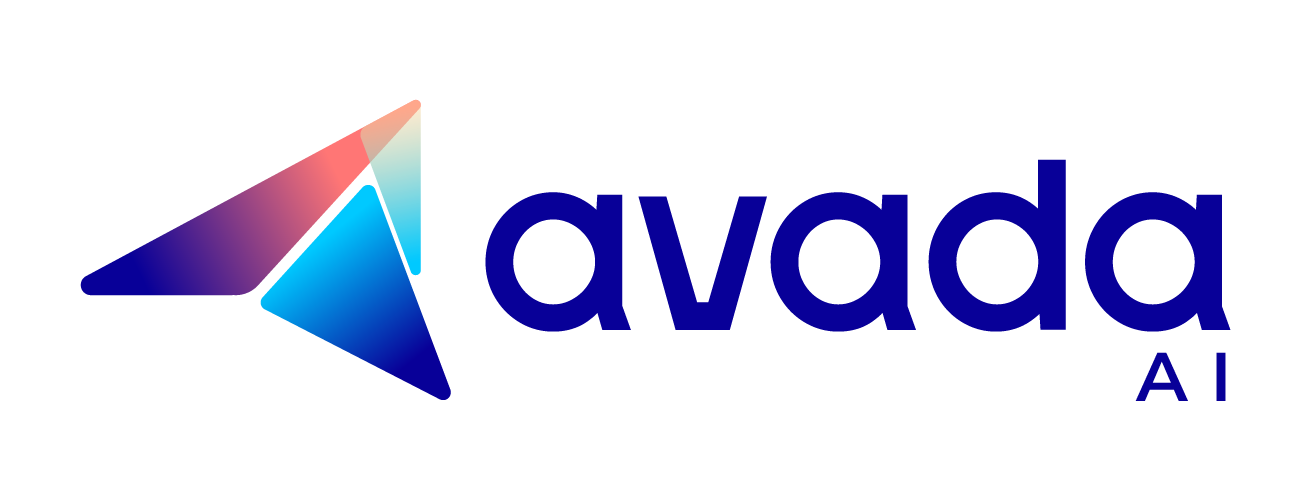Understanding ChatGPT and Generative AI
This article will unravel all the basic information of generative AI and ChatGPT, exploring their key differences and applications.
Understanding Generative AI
Generative AI refers to a subset of artificial intelligence technologies capable of generating new content, including text, images, music, and even videos.
These systems rely on machine learning models that learn from large data sets. They use natural language processing (NLP) to grasp and generate content similar to their training materials in style and structure. Generative AI aims not just to copy but to innovate, providing tools for creative expression, problem-solving, and task automation.
Here are some examples of Generative AI applications:
- AI-Generated Artwork: Tools like DALL-E 3 and Midjourney enable users to create complex images and artworks from textual descriptions, opening new avenues for creativity and design.

- Text Generation: GPT (Generative Pre-trained Transformer), such as ChatGPT and Google Bard, can compose texts ranging from poems to news articles and even software code based on a given prompt. This can be used for content creation, idea generation, and more.
- Personalized Experiences: In e-commerce and marketing, generative AI tailors product recommendations and advertising content to individual user preferences, improving engagement and customer satisfaction.
As the field progresses, new models and applications will continue to be introduced, consistently pushing the limits of what AI can create.
Understanding ChatGPT
As mentioned earlier, ChatGPT, developed by OpenAI, is a prime example of Generative AI. This AI chatbot operates on a large language model (LLM) and learns human language patterns to generate text that frequently appears as if a human wrote it.
ChatGPT continuously learns from interactions with people, progressively sharpening its ability to produce informative, engaging, and precise text.
Originally developed from GPT-2 and GPT-3 models, ChatGPT was designed to create conversational experiences. Users provide text prompts, which ChatGPT analyzes using natural language processing (NLP) to produce responses.
The latest version, GPT-4, enhances the model with capabilities such as accepting image input, processing more complex tasks, data analysis, and delivering more precise responses.
After its release, ChatGPT quickly attracted over 100 million users worldwide within two months, thanks to its advanced features. It supports a variety of uses, such as real-time chatbots and virtual assistants, composing music and lyrics, and writing emails, resumes, and cover letters tailored to particular job applications, among other tasks related to writing, coding, and even creativity.
For example, here’s how ChatGPT acts as a customer service agent and solves a problem:

However, ChatGPT faces challenges such as handling biased or sensitive information and ensuring the factual accuracy of its outputs. OpenAI continuously improves the model’s reliability and safety, implementing safeguards and refining its training processes to mitigate these issues.
The Distinctions Between ChatGPT and Generative AI
Now, let’s sharpen our understanding by examining the key distinctions between these two:
| Feature | ChatGPT | Generative AI |
| Objectives | To understand and generate human-like text. Aimed at engaging in conversation, answering questions, and performing language-based tasks. | To create new, original content across various media (text, images, videos, music, etc.), not limited to linguistic outputs. |
| Outputs | Textual content that mimics human writing styles and conversational patterns. | Diverse outputs, including images, music, video, and text, reflect the technology’s versatility. |
| Scope of Applications | Focused on applications requiring natural language processing, such as virtual assistants, content creation, customer support, and educational tools. | Broad application scope impacting numerous industries like entertainment, art, marketing, e-commerce, and more. |
| Underlying Technology | Based on the transformer model, particularly focusing on features that boost its comprehension of context, enabling it to generate relevant and coherent dialogue responses. | Uses a variety of neural network architectures, including GANs, VAEs, and transformers, chosen based on the specific type of generated content. |
Future Directions and Potential Of ChatGPT And Generative AI
ChatGPT and Generative AI open up endless possibilities that could redefine technology, creativity, and interaction.
ChatGPT: Continued Evolution and Broader Impact
- Enhanced Personalization: Imagine AI chatbots that can not only hold natural conversations but also adapt their communication style and content based on the user’s personality and preferences. ChatGPT’s ability to learn and improve through human feedback could be instrumental in achieving this level of personalization.
- Revolutionizing Education: AI-powered tutors that can tailor learning experiences to individual students’ needs and learning styles are a possibility. ChatGPT’s text generation capabilities could be used to create personalized practice problems, explanations, and even feedback mechanisms.
- Breaking Language Barriers: Imagine real-time, high-quality translation conversations. Advancements in ChatGPT and similar models could lead to significant breakthroughs in machine translation, fostering better communication and collaboration across cultures.
Generative AI: Pushing the Boundaries of Creation
- Drug Discovery Acceleration: Generative AI could be used to simulate entire molecular libraries, vastly accelerating the discovery of new drugs and treatments.
- Material Science Innovation: Imagine designing materials with previously unimagined properties. Generative AI could be used to create entirely new materials with specific characteristics tailored for specific applications, revolutionizing various industries.
- Hyper-Realistic Content Creation: From creating stunningly realistic special effects in movies to generating personalized marketing materials that resonate deeply with target audiences, generative AI has the potential to transform the content creation landscape.
Bottom Line
The journey of generative AI and ChatGPT is just beginning. As research and development accelerate, we can expect even more groundbreaking applications to emerge, transforming how we interact with technology, create content, and approach various challenges across diverse fields. The future holds immense potential, and generative AI and ChatGPT will play a pivotal role in shaping it.
FAQs
Does ChatGPT use generative AI?
What is the main goal of generative AI?
What AI technique does ChatGPT use?
What is the difference between ChatGPT and generative AI?

ChatGPT’s Second Anniversary

How to Use Kayak ChatGPT Plugin to Plan Your Trip

